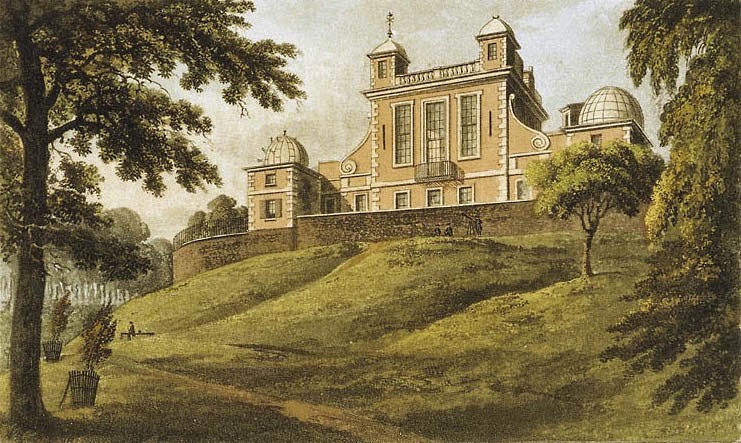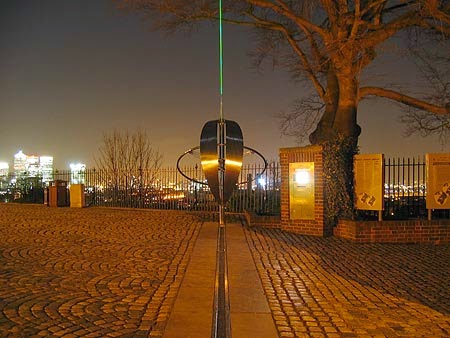Since I can remember such things, I have been fascinated by Stonehenge. Construction was begun as far back as the time of the early pyramids in Egypt, perhaps earlier. Since Stonehenge was created by a culture that left no written record, no one knows for certain why it was built, but the theories are endless. Supernatural explanations also abound.
Stonehenge is located in a relatively flat, grassy area in southern England, not far from Salisbury, where we spent the night. The surrounding landscape for a few miles is covered with several hundred small hills which are actually burial mounds for the dead which were created over 2,500 years ago.
When these have been excavated, cremated human remains are found in their centers. There is no archaeological evidence of villages within about two miles of Stonehenge. However, there is ample evidence of a road that led from Stonehenge to the nearby river. Two miles away, where the road meets the river, remains of a village and evidence of another 140 foot circular structure (a circular ditch) have been found which is sometimes referred to as Woodhenge (the wood posts are long gone). Archaeological studies show good evidence that Woodhenge was a monument to the living, and Stonehenge was a monument to the deceased.
Stonehenge was built in three phases over several hundred years. The first phase was built close to 5,000 years ago and looked something like this.
 |
| Stonehenge I, museum model |
Over 50 of these stones, weighing 2-4 tons each were placed originally in this circle over 300 feet in diameter. The heel stone was placed northeast of the center of the circle. They are believed to have been transported about 150 miles to this site.
The larger inner stones came later. Stonehenge III came into being about 700 years after Stonehenge I. It probably looked something like this.
 |
| Stonehenge III, museum model |
 |
| Stonehenge III, museum model Inner Sarsen Circle, 2,200 BC |
 |
| aerial view today |
The largest of these stones, in the center, weigh as much as 50 tons. How did people only with primitive tools move these stones? Of course, there are many theories. Here is a demonstration of one of these theories.
 |
| How to log roll a 40 ton stone |
Others believe that aliens undoubtedly played a role, and it is clear that Stonehenge functioned as at least a primitive observatory. At the time of the summer solstice, the sun would rise directly over the heel stone to the northeast from the perspective of the center of the inner circle.
The are two major schools of thought regarding the sophistication of Stonehenge as an observatory. The observatory school makes the case that Stonehenge was used to predict eclipses. Indeed, strong arguments can be made that the placement of the stones made these predictions possible. A lot of thought has gone into this.
 |
| Hoyle, On Stonehenge, p 155 |
Others will argue that an unwarranted assumption can usually lead to a foregone conclusion, and that even a random collection of stones will usually be aligned with something. Who knows?



























































